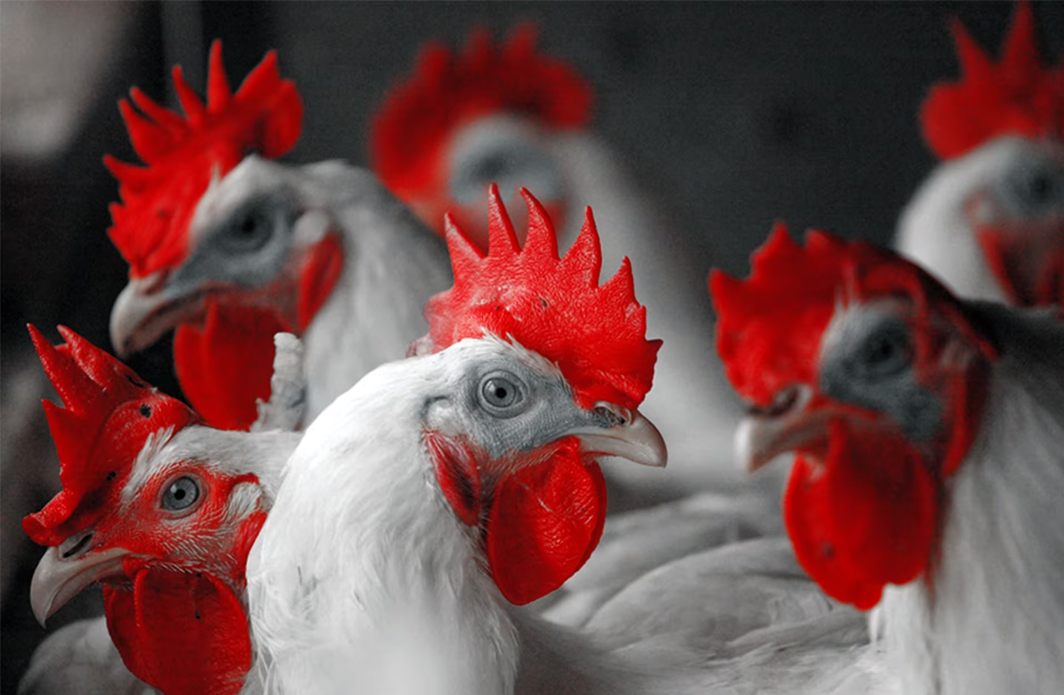Eggs have nourished humans for millions of years—long before we became modern humans. But how did this simple yet mighty food evolve from prehistoric survival fare to a staple of our global cuisine? Thanks to detailed archaeological findings and food historians, we now know that the story of egg consumption is as rich and layered as an omelette itself.
Let’s crack into the history of eggs and explore how these protein-packed orbs became essential to human diets across time and continents.
The Earliest Egg Hunters: Australopithecus and Wild Nests
Around 3.5 million years ago in Laetoli, Tanzania, our early ancestors—Australopithecus afarensis—left behind fossilized footprints and, interestingly, fossilized bird eggs from ground-nesting guinea fowl called francolins. While we can’t be 100% sure, archaeologists believe these hominins may have raided bird nests for their eggs, just as many hunter-gatherers have done throughout history.
Ostrich Eggs: The Prehistoric Superfood
 |
| Ostrich Eggs in the Stone Age: A Nutritious Treasure Equal to 18–24 Chicken Eggs Getty Images |
Fast forward to 60,000 years ago, in South Africa’s Diepkloof Rock Shelter. Here, ostrich eggshells litter ancient hearths, evidence of one of the earliest known egg-eating practices. Each ostrich egg contains the nutritional equivalent of 18 to 24 chicken eggs—a prized find for Paleolithic people.
Archaeologist Beatrice Demarchi explains:
“Ostrich eggs are nutritious, clean and extremely portable.”
Not only were they roasted or eaten raw, but the tough eggshells were also repurposed as canteens and canvases for early artwork.
Egg Extinction? The Case of the Genyornis
When humans first arrived in Australia around 60,000 years ago, they found Genyornis, a 7-foot-tall, 500-pound bird that laid massive eggs. Burned Genyornis eggshells discovered at ancient sites hint that humans may have roasted these eggs over fires—possibly contributing to the bird’s extinction by 47,000 years ago.
The Rise of the Chicken Egg
Despite a long history of eating wild eggs, domesticated chicken eggs are relatively recent. Chickens (Gallus gallus domesticus), descendants of Southeast Asia’s red junglefowl, were likely domesticated around 1500 B.C. in Thailand, especially near early rice farms. Agriculture helped bring junglefowl into contact with humans, who discovered the birds’ unique ability to lay multiple clutches of eggs per year.
 |
| The Human-Chicken-Egg Connection Likely Began Around 1500 B.C., According to Historians |
From Exotic Pet to Edible Bird
When chickens arrived in Europe around 900 B.C., they were treated more like exotic novelties than food. It took nearly 500 years before people started eating chickens or their eggs.
In ancient Italy, chickens were found in tombs and sacred sites, hinting at religious or symbolic value. Not until 500 B.C., with the Etruscans, do we see strong evidence of chicken egg consumption—especially in places like San Casciano dei Bagni, where pilgrims offered eggs to the gods in healing hot springs.
The Roman Empire and the Spread of Egg Cuisine
Romans loved eggs. They ate eggs from chickens, geese, quail, pigeons—even ostriches and peacocks. Markets had specialized egg vendors called oviarii, and Roman cookbooks like Apicius included recipes for custards, quiches, and omelettes.
At Roman amphitheaters like Chester in England, spectators snacked on hard-boiled eggs during events—ancient precursors to stadium food!
Egg Innovations: Mayonnaise, Meringue, and More
Eggs also helped spark culinary creativity. The ancient Romans may have invented an early version of mayonnaise—a rich emulsion made by slowly blending oil into soft-boiled eggs.
 |
| While Most Credit 18th-Century France with Inventing Mayonnaise, Some Believe the Romans Enjoyed It 1,000 Years Earlier |
By the 5th century A.D., cooks were even whipping egg whites into foams—perhaps the earliest versions of meringues and soufflés. Their understanding of the structural properties of eggs laid the foundation for many modern recipes.
Preserving Eggs: From Roman Taverns to Century Eggs
Before refrigeration, people found clever ways to preserve eggs. Romans pickled them in taverns, while the Chinese crafted century eggs, curing them in alkaline pastes for weeks or months. Though pungent in smell and unusual in appearance, these delicacies reflect how important eggs were for year-round nutrition.
Conclusion: The Ultimate Survival Food
Eggs are tiny nutritional powerhouses packed with everything needed to support life. From outrunning ostriches to revering chickens as sacred birds, humans have had a long and delicious relationship with eggs. Today, with cartons readily available at the local store, it’s easy to forget the incredible journey eggs took to reach our tables.
So next time you crack one open, remember—you’re participating in a tradition that spans millions of years.
What’s your favorite way to eat eggs—scrambled, poached, or maybe something ancient like a patina custard? Let us know in the comments below! 🥚✨




Post a Comment
0Comments